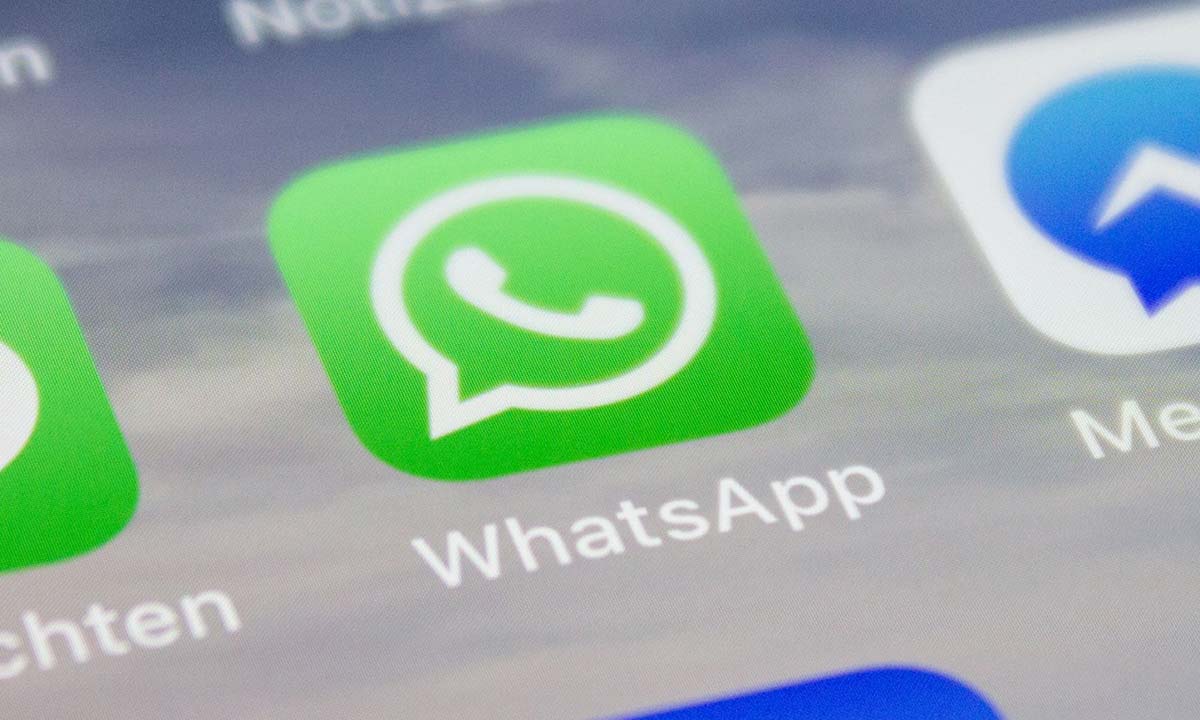
One of the common uses of WhatsApp is to share photos. For convenience and immediacy, few consider using email or other means for this purpose. It is understandable because, as I said, it can be done very quickly and without complications, you just have to open the conversation with the recipient, choose the snapshots you want to send and that’s it, in a few seconds they will have reached your mobile so that can see them, save them, share them with third parties, etc.
There is only one problem, and that is unfortunately unknown to most, and that is that to be sent through WhatsApp, the images are previously compressed. This is not important if the recipient only wants to see them on their mobile screen, because in this case this reduction in quality will be practically imperceptible. Now, if your intention is to print them, edit them digitally or use them for other purposes where quality is important, then this will certainly make a difference.
This is a shame, of course, since the ideal would be to be able to have the advantages offered by sending images through WhatsApp but without the loss of quality that occurs in this operation. In this regard, it is true that for some time now the service has offered the possibility of opting for a higher or lower compression level, depending on the preference of the user, who will now be in charge of deciding the consumption he wants to make of his connection. to Internet. But, in all cases, there is compression.
It seems, however, that this is about to change. As we can read in WABetaInfo, the beta version 2.23.2.11 of the WhatsApp app for Android It has a function to send images without compression, with their original quality and size. They clarify, however, that it is currently under development, so it is not known when it will finally be operational or when, consequently, it will begin to be deployed for all users of the service.
Nor have they been able to confirm, for the moment, if this function can also be used with videos, since WhatsApp applies this same technique to them or if, otherwise, for this type of content it will continue to be necessary to resort to other means. . And I don’t know what you think, but personally it seems to me that the logical thing would be for Meta, owner of the service, to allow the user to choose and, in any case, for the final quality to be determined by the lowest setting of the two (or more, in case of groups) participants of the conversation.




